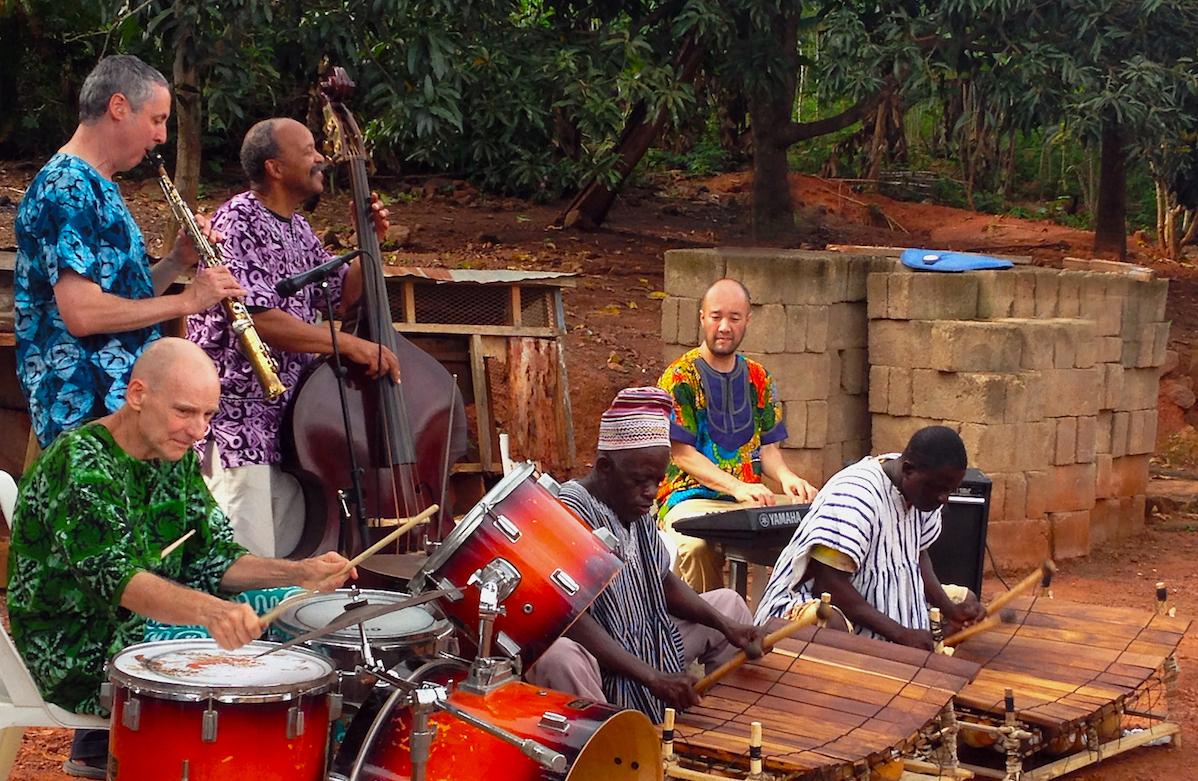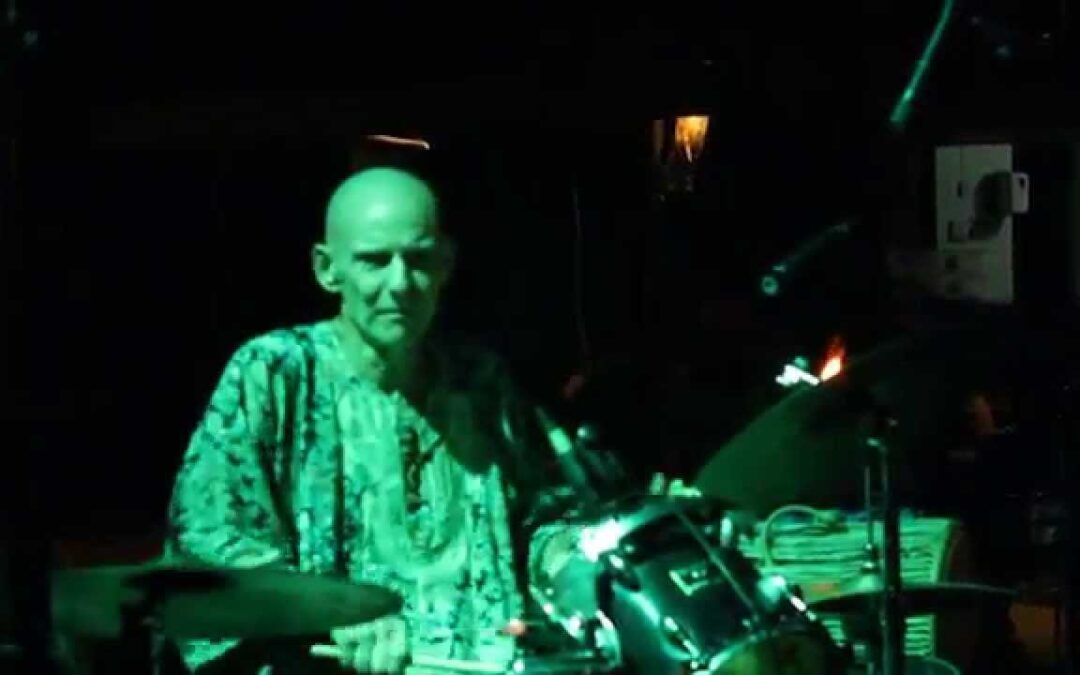Royal Hartigan Speaking About Time Cycles – 11 Pulse Heart Beats Adapted from West African, Afro-Latin, Reggae, Funk, and Bebop/Swing styles.
Report by Dawoud Kringle
On Friday, September 15th, 2023, MFM presented its 15th Zoom webinar. The guest was Royal Hartigan, whose talk centered around Time Cycles: 11 Pulse Heart Beats Adapted from West African, Afro-Latin, Reggae, Funk, and Bebop/Swing styles.

Royal Hartigan is a percussionist, pianist, tap dancer, educator, activist, and author. For more than three decades he has studied, lived, and performed the music of Asia, Africa, Europe, West Asia, and the Americas as well as African American blues, gospel, funk, hip-hop, and jazz traditions. He has made a life focus on the sounds and meaning from world cultures, bringing new concepts to drum set and jazz ensemble interaction, including original and Indian time cycles, West African rhythms and structures, music from the traditional gong cultures of the Philippines, China, Korea, and Java, which he has adapted to drum set in coordinated independence, layers of time, timbral shading, and tonal motion.
He has worked with master artists and musicians, dancers, visual artists, poets, social activists, and others to bring people together in celebration of our common humanity across cultures and national boundaries, through the medium of creative music in the African American tradition.
In 1991 he created his ensemble, blood drum spirit, that uniquely adapts world music cultures and exploratory jazz. They incorporate complex rhythmic, timbral, melodic, and harmonic structures into radical new works, arrangements of jazz classics, and traditional repertoire from world cultures.
This was a follow up of Hartigan’s first MFM webinar on January 25th, 2022.
After MFM board member Adam Reifsteck opened the webinar, Hartigan began with a question both technical (from a musical perspective) and philosophical: what is “Time?” His short answer was Time is Life. He went on to compare different ideas of what time is. In the west, time is perceived as a linear phenomenon. Other cultures have a cyclical sense of time. He explained how this translates into musical ideas. But then he delved deeper and asked what is the essence of time itself, and not just human perception and quantification of time. Hartigan said he became intrigued by Aristotle‘s statement that “Time is the number of motion.” His ruminations went down a deep philosophical and metaphysical rabbit-hole, and explored some fascinating ideas.
This led to the musical question “how do we sculpt time?” This led into a detailed and varied exploration of different time cycles in different types of music. He demonstrated examples from the music of the Inuit, West Africa, India, and others.
He tied this together with an explanation and demonstration of a composition titled “Threads.” This piece represents the common humanity we all share. After the head, it went into a Gospel feel adapted into 11, to a bass solo in a reggae, again in 11, and then into bebop swing.
He presented a brief digression into what swing is. He believes that anything can swing.
He returned to “Threads,” and played a bit of each part, with explanations of how it works. He also explored how this infused elements from many different musical traditions, from hip hop to Gamelan.
Hartigan opened things up to questions and comments. MFM chapter head Stephen Johnson asked if Hartigan sees the trap drum set in terms of orchestration. Hartgian brought up some of his former teachers, such as Reggie Workman, Max Roach, and Archie Schepp. One thing he learned from all of them is that musicians have a responsibility to create different textures and timbres; in other words, to orchestrate.
At one point, Hartigan spoke in a very instrspective manner on how these subtle and sublime intricacies of music represent and embody aspects of life and reality itself.
He also spoke about how masters like Warren Smith could play the simplest things and make them imbued with power and meaning.
There was more discussion and demonstrations. This brief report cannot contain the depth of the knowledge and concepts Hartigan masterfully shared in this webinar.
On a personal note, it occurred to me that attendees of these MFM webinars and Zoom talks have access to an encyclopedic amount of knowledge and training in every aspect of music (theoretical, business, etc) that would be time consuming and oftentimes much more expensive than from other sources. One would be well advised to take advantage of this.

